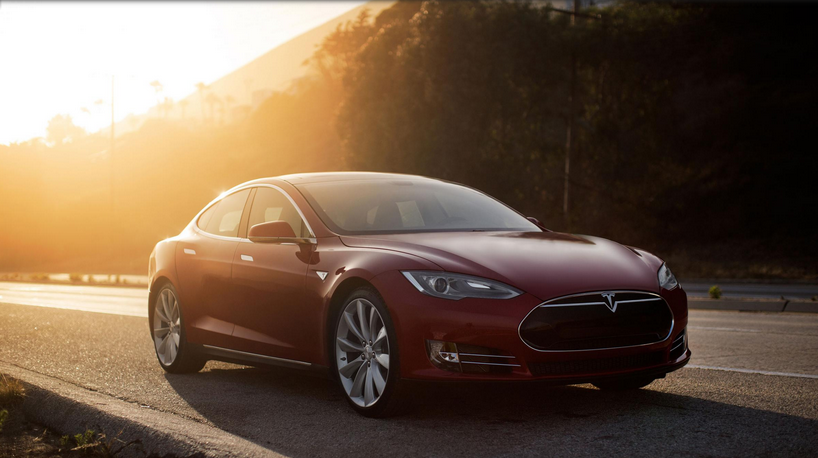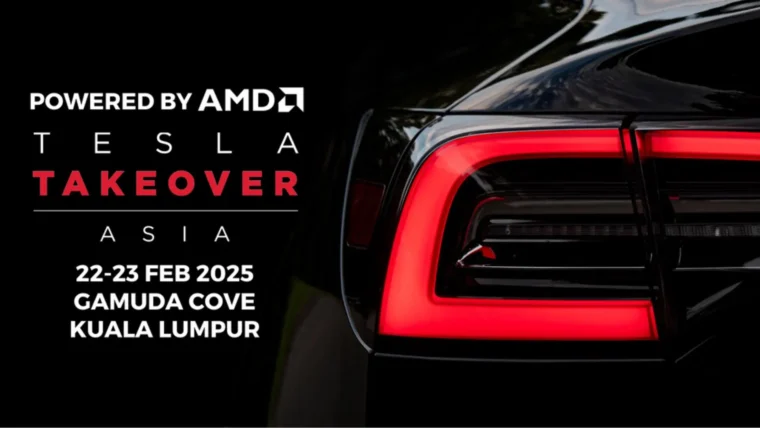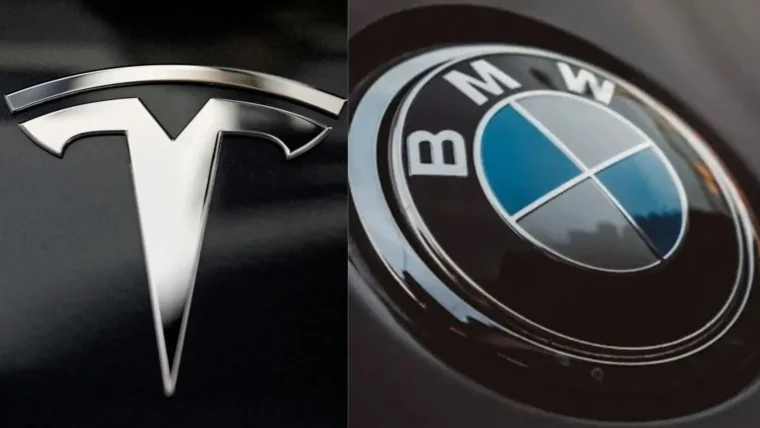
Tesla has announced that all its production vehicles – including Model 3 – will have the hardware needed for full self-driving capability.
According to the automaker, the fully autonomous functionality will enable a Tesla to be substantially safer than a human driver, lower the financial cost of transportation for those who own a car and provide low-cost on-demand mobility for those who do not.
All new Teslas will feature 8 surround cameras that provide 360 degree visibility around the car at up to 250 meters of range. 12 updated ultrasonic sensors complement this vision, allowing for detection of both hard and soft objects at nearly twice the distance of the prior system. A forward-facing radar with enhanced processing provides additional data about the world on a redundant wavelength, capable of seeing through heavy rain, fog, dust and even the car ahead.
To make sense of all of this data, a new on-board computer with more than 40 times the computing power of the previous generation runs the new Tesla-developed neural net for vision, sonar and radar processing software. Together, this system provides a view of the world that a driver alone cannot access, seeing in every direction simultaneously and “on wavelengths that go far beyond the human senses.”
Model S and Model X vehicles with this new hardware are already in production, where customers can purchase one today, while the Model 3 will received them when the more affordable Tesla begins production.
However, there’s a catch. Tesla is still validating the software that goes along with this updated hardware. New software will be sent to cars ‘over-the-air’, but until then, new Tesla models with this hardware won’t have the same semi-autonomous functionality as existing Autopilot-equipped vehicles.
Tesla says the new hardware will temporarily lack certain features currently available on Teslas with first-generation Autopilot hardware, including some standard safety features such as automatic emergency breaking, collision warning, lane holding and active cruise control.
In other words, all new Teslas in production now won’t have any of the semi-autonomous functionality available on current cars until the software is released at an as-yet-unconfirmed date.
Other posts by AF Newsdesk







